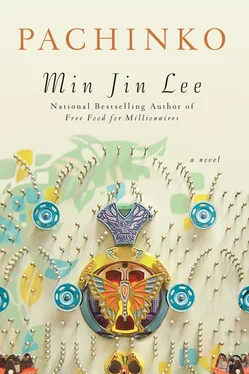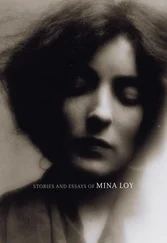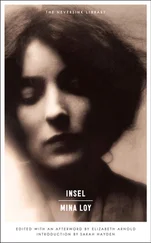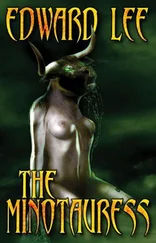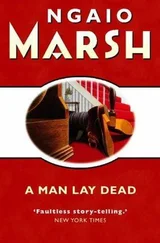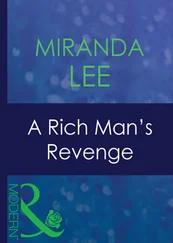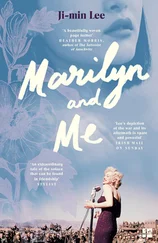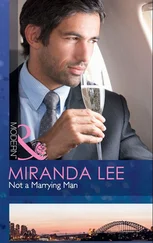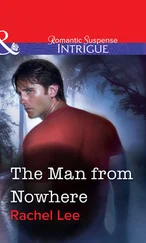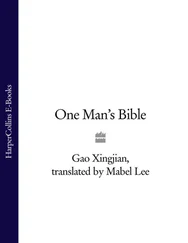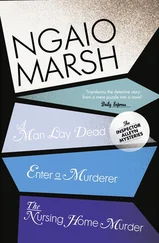Why did you choose to title your novel Pachinko ?
Pachinko is a kind of vertical pinball game played by adults in Japan. Although gambling is formally illegal there, pachinko bypasses this prohibition by allowing the player to win prizes, called keihin , which are exchanged outside the premises of the pachinko parlor for cash. What is little known outside of Japan is that as of 2015, pachinko generates revenues of about 19 trillion yen, which is about $190 billion U.S. at the current exchange rate, or about twice the export revenues of the Japanese car industry. Yes, this includes Nissan, Toyota, and Honda. The game started out in the early part of the twentieth century in tiny stalls with itinerant operators at local festivals. After World War II, pachinko was played in parlors for prizes like soap or cigarettes, which were exchanged elsewhere for cash. Today, many parlors issue tokens or cards embedded with valuable metals, which are exchanged for cash only a few steps away from the parlor. There are about 12,000 parlors officially registered in Japan, and 11 million Japanese play pachinko regularly, or about one out of every seven Japanese adults.
Although ethnic Japanese may have started the pachinko business, over its near century presence in Japan, a great number of ethnic Koreans have operated pachinko parlors and have been involved in the keihin business and the manufacture of the machines. Despite the strict regulatory involvement of the police and government authorities in the past twenty-five-plus years, the Japanese continue to view the pachinko industry and the people involved with suspicion and hostility. I mention all this here because nearly every Korean-Japanese person I met in Japan had some historical connection or social connection with the pachinko business — one of the very few businesses in which Koreans could find employment and have a stake. For example, if I interviewed an American-educated Korean-Japanese person who worked in the finance industry as an executive for a Western investment bank, he may have a relative who worked briefly in a parlor, or an uncle who lost everything in a failed pachinko business. Also, nearly every Korean-Japanese I interviewed had some close or distant connection to the yakiniku (Korean barbecue, or galbi ) business. In short, Korean-Japanese had to participate in small businesses, which were often given outsider or inferior status, because it was not possible to find work elsewhere. For me, the pachinko business and the game itself serve as metaphors for the history of Koreans in Japan — a people caught in seemingly random global conflicts — as they win, lose, and struggle for their place and for their lives.
Female beauty, and how it can persist or fade with age, is such a recurring observation in your novel. Why?
One form of power, however fleeting, for anyone, is physical beauty. Unfortunately, for women, beauty is often expected in addition to whatever other attributes that may be needed or that may already exist. In many societies, females are often privileged or punished proportionately for their beauty or lack thereof. Without entering into a larger discussion of the intersection of beauty and age, as well as the impossible external requirements of physical beauty for women of all ages, I guess, I would like to discuss something more obvious in this work. In Pachinko , I wanted to reflect how a poor young woman’s unconventional beauty, unknown even to herself, can be magnetic and resilient. In the West, there is a disjuncture between the reification and the excessive valuation of certain aspects of so-called Asian female beauty (Asian skincare products being perceived as superior; the commodification of Asian hair, which is sold expensively for extensions; or the hypersexualization of Asian women in pornography, which I have discussed in Free Food for Millionaires ) and the utter lack of ratification or acknowledgment of realistic Asian female beauty in mainstream media (the sheer absence of Asian female fashion models of varying appearances, mainstream actresses, or any major roles in film and television). There is even a grosser lack of recognition of Asian male beauty or sexual attractiveness. Scholars like David Eng have argued effectively that there is an established practice of a kind of racial castration of Asian men in Western media and literature. Orientalism, the objectification or erasure of Asian beauty and distortion of Asian sexuality deny Asian humanity. I treat all of these issues in my writings. That said, another cultural travesty is the sheer absence of realistic beauty of working-class women of all races in mainstream media, including novels and stories. In Pachinko , I am acknowledging the physicality and beauty of working-class immigrant women.
I grew up in Elmhurst, Queens, and now live in Harlem. All my life, I have been surrounded by all kinds of women who work in menial and middle-class jobs, who lack the resources to join gyms, color their hair, buy cosmetics and skincare, go to dermatologists and plastic surgeons, polish their nails, eliminate unwanted hair, buy expensive clothing, eat less cheap carbohydrates and eat more lean proteins to be slim…the list goes on. Conventional physical beauty takes time, money, and effort, and it is expensive for all women, but it is cruelly so for women without resources. Every study points to the fact that attractive people also earn more money and have higher social status. Needless to say, it is a perpetual loop of economic gender cruelty to require women to pay for their physical upkeep and then to punish them financially for not keeping up when they don’t have the funds. However, the reality is that despite what the media says, there are many women in history and in life who are not conventionally attractive yet who are very appealing. So I wanted to write about the woman that I see on the subway or waiting for the bus in the winter wearing a threadbare coat, or the woman who works as a cashier at an H-Mart — women who are too heavy or wrinkled or gray-haired or improperly dressed by the standards of television, movies, or fashion magazines and now social media sharing apps which commend filters to alter our already insecure images. I am interested in the physicality of women who live their daily struggles with integrity; their beauty captivates those who know them.
Do you think you have certain themes that you gravitate toward as a writer?
My subjects are history, war, economics, class, sex, gender, and religion. I think my themes are forgiveness, loss, desire, aspiration, failure, duty, and faith.
How did your experience writing Pachinko differ from your first novel, Free Food for Millionaires ?
I wrote Free Food for Millionaires exclusively in New York City. I grew up in Queens, went to high school in the Bronx, and my parents had a small wholesale jewelry business on 30th Street and Broadway in Manhattan’s Koreatown. Both my sisters live in Brooklyn, and my parents now live in New Jersey. I went to college in Connecticut. Needless to say, I know the tri-state area fairly well. Although I had written a draft of this novel in New York, I wrote the new rough draft almost entirely in Tokyo during the years 2007–2011, and I rewrote the drafts between 2011 and 2015 in New York. In Tokyo, I was researching, interviewing, and writing all the time; I was also profoundly homesick and melancholy in a way I had never been before. I missed my family and my friends deeply, and I felt cut off from everyone back home. I enjoyed living in Tokyo very much, but it was difficult, too. Living in Tokyo, I missed America very much; I yearned for the openness, hospitality, and optimism of Americans. I missed the ease of conversation that Americans can have with strangers. In New York, I am more guarded and private, but in Tokyo, I felt a kind of intense and immediate kinship with my fellow Americans. The epigram for Book III comes from Benedict Anderson’s Imagined Communities , where he writes of a “horizontal comradeship” which must be necessarily imagined in a nation. I felt this horizontal comradeship strongly with Americans when I lived abroad. I had lost my birthplace once when I moved from Seoul to New York as a child, and living as an adult expatriate in Japan reminded me again of what my characters who lost their birthplace experienced in Pachinko .
Читать дальше
